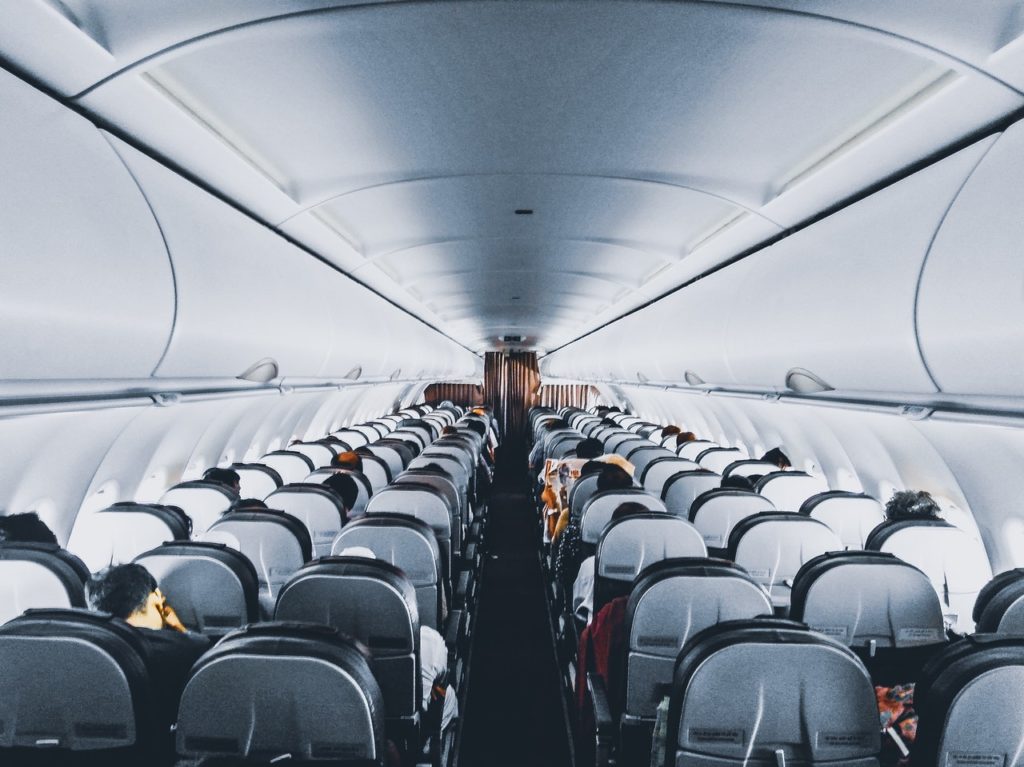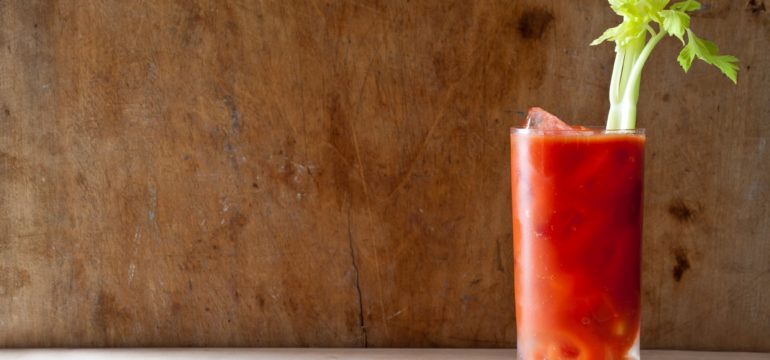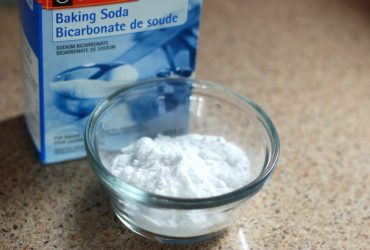By Abbey Thiel
Originally posted on Heated by Medium x Mark Bittman.
Tomato juice is one of the most popular drinks served by flight attendants, yet how often do you see someone drinking the red beverage with two feet planted firmly on the ground? For years, airlines have been baffled at the demand for tomato juice, and why such an odd drink is so satisfying 35,000 feet up.
What’s even more perplexing is that airplane food generally tastes incredibly bland. It’s like the food wasn’t prepared with any salt, spice, or flavor whatsoever. So, why would tomato juice taste better while other foods taste worse? It might sound crazy, but is it possible our taste buds get so bent out of shape during a flight that it changes our perception of tastes?
To find out, we need a quick lesson on how we taste our food.
Most of us know that we have five basic tastes: sweet, sour, salty, bitter, and umami. Umami is often the least recognized, but can be described as savory or meaty. Think of foods like soy sauce, mushrooms, and gravies. These five tastes all have dedicated receptors in our mouth that can communicate with our brain while we’re eating.
Airplane food is incredibly bland. It’s like the food wasn’t prepared with any salt, spice, or flavor whatsoever. So why does tomato juice taste better while other foods taste worse?
For us to detect a taste, molecules from the food must land on our taste buds (or papillae if you want to be fancy).
Essentially, a tastant binds to its specialized receptor, sort of like a lock and key. The receptor is connected to a nerve ending that sends a signal to the brain, allowing us to differentiate the various tastes we’re experiencing.
Flavor is a bit more complex than taste because it’s a combination of our sense of smell and taste. In addition to the taste receptors in the mouth, our nose also has receptors for aromas.
As we eat, odorants are released from the food into the air. These molecules find their way into our nasal cavity, and bind to receptors there. In fact, scientists now believe that up to 80 percent of what we taste is actually based on aroma alone.
So, how could our perception of tastes and flavors get so off-kilter in the sky?
Lufthansa, one of Germany’s biggest airlines, had the same question, and its actions illustrate just how desperate aviation companies are to fix their reputation for having drab food.
No joke, Lufthansa and its catering company literally chopped a plane up and dumped it in a cow pasture next to the Fraunhofer Institute for Building Physics.
The physicists equipped the grounded plane to simulate real flying conditions. For example, the plane can achieve the low pressure that’s responsible for making your ears pop. Each seat experiences vibrations mimicking turbulence, jet noise is piped in, and dry air is circulating throughout the cabin. Every annoyance of flying was imitated in this experimental airliner.
Lufthansa went through all of this effort just to try and understand why our taste buds act so strangely during flights. So, what did they find?
The German company cites the extremely dry air that’s circulating within the airplane cabin. Such dry conditions actually cause physiological changes in our body during flight.
Have you ever noticed dry skin, a dry nose, or dry mouth after flying? The cabin’s air actually dehydrates us. Our saliva diminishes and our nasal mucus evaporates.
At high altitudes, the air is much colder and not capable of holding as much moisture as warmer air. When the plane pumps this air into the cabin, it lowers the humidity level to about 10 to 20 percent. This means the cabin is at a lower humidity level than the Sahara Desert.

By Sourav Mishra at Pexels
The end result is fewer water molecules within us and our surroundings, and water typically aids in interactions between our taste receptors and flavor molecules.
Lufthansa found that under these dry conditions, taste perception of sweet and salty flavors was reduced by 30 percent. Imagine having to add 30 percent more sugar or salt to each dish just to make sure people can perceive the flavor. Talk about excess calories and unhealthy meals.
What’s even more interesting is that there were barely any changes in the ability to taste sour, bitter, or spicy flavors. These tastes were recognized just as well under control conditions and the uncomfortable, simulated flight environment.
As it turns out, airline companies aren’t the only ones interested in understanding changes to our taste perception at high altitude. In fact, several academics have also taken a stab at explaining the tomato juice paradox.
One study recruited a group of people to spend three weeks at altitudes of 3.5 kilometers, or about 11,000 feet. (Just for comparison, Denver’s elevation is about 5,130 feet.)
The scientists hypothesized that remaining at high altitudes for such an extended period would alter their taste perception. To test this, participants tasted the same foods before their three-week adventure and during their time at high altitudes. The results were intriguing.
People gained a greater ability to identify bitter and sour flavors. Conversely, they had trouble even detecting sweet or salty flavors. The elevation had done a real number on their taste buds.
Another study attributed our reduced sense of taste to the extreme noise levels that are experienced during flight.
On a scale of loudness, flights are typically around 85 decibels, which is comparable to a noisy restaurant or heavy traffic. Keep in mind any noise above 90 decibels is considered dangerous and your ears should be protected.
When panelists ate in an environment that mimicked the noise levels of an airline cabin, their ability to taste sweetness was significantly diminished, just like Lufthansa said. Interestingly, the raucous surroundings actually heightened people’s perception of umami flavors.
Which brings us back to tomato juice. It’s the perfect drink for flying, enhanced by our greater sensitivity to umami tastes at high altitudes. Tomatoes are packed with glutamates, the type of molecules that trigger our umami receptors on our taste buds. This accentuates the meaty and earthy flavors of tomato juice during flight.
Don’t waste your free drink during the flight on soda, apple juice, or orange juice. Your taste buds will have a hard time even registering the sweetness. Next time you fly, give your taste buds what they want: tomato juice.
Sources
- Kuehn, Welsch, Zahnert, and Hummel. “Changes of Pressure and Humidity Affect Olfactory Function.” European Archives of Oto-Rhino-Laryngology 265.3 (2008): 299–302.
- Singh, Shashi, Sharma, Alka, Yadav, D, Verma, S, Srivastava, D, Sharma, K, and Selvamurthy, W. “High Altitude Effects on Human Taste Intensity and Hedonics.” Aviation, Space, and Environmental Medicine 68.12 (1997): 1123–128.
- Yan, Kimberly S., and Robin Dando. “A Crossmodal Role for Audition in Taste Perception.” Journal of Experimental Psychology: Human Perception and Performance 41.3 (2015): 590–96.
- https://www.wsj.com/articles/SB10001424052748703294904575384954227906006

Abbey Thiel | Linkedin | YouTube | Medium
Abbey discovered that food science was a real major while attending University of Wisconsin-Madison, and quickly transferred into the department. After graduating with a B.S. in food science, she decided to stay in Madison to pursue her PhD. Her research explores the fat network found within ice cream, and yes, there’s lots of ice cream parties! If not found sitting at a microscope for extended amounts of time, Abbey enjoys the great Midwestern sport of log rolling (Google it) and laughing really loud. She is also very busy passing on her passion for food science to her two-year-old niece, whose favorite color is bacon and has hopes of growing up to be soup.






Leave a Reply